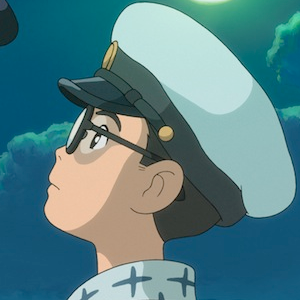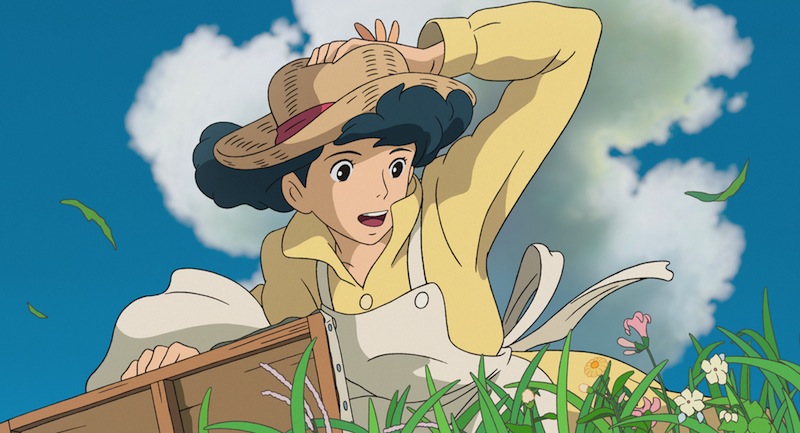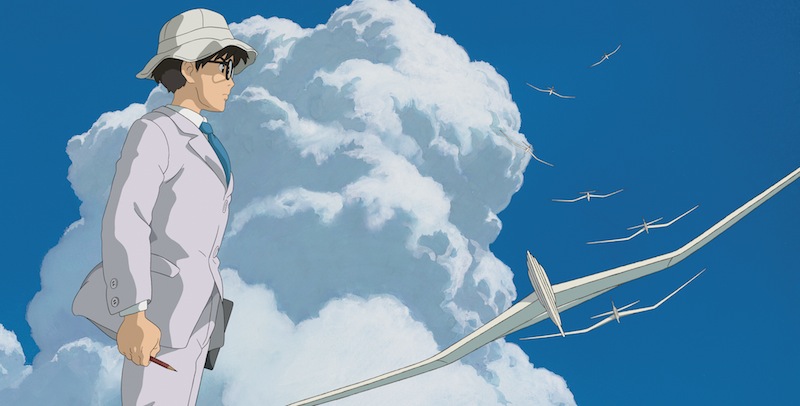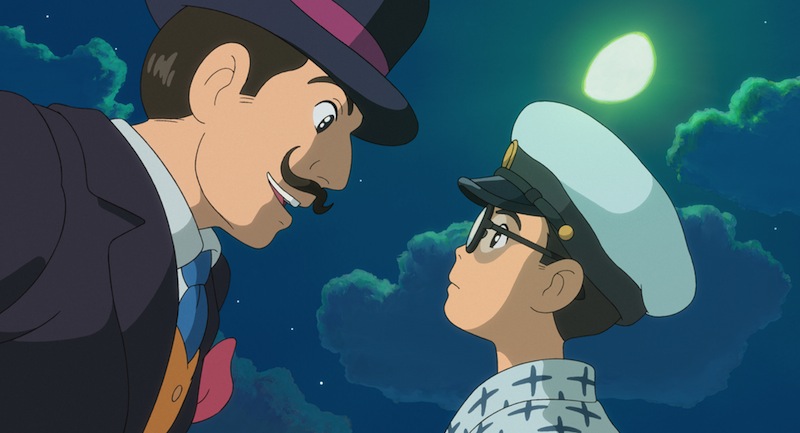Kaze Tachinu (The Wind Rises) Review
The Wind Rises (Kaze Tachinu) is the latest and supposedly last animated feature film from highly acclaimed Japanese director, screenwriter, manga artist, anime artist, producer, Hayao Miyazaki. Miyazaki (Oscar winning film Spirited Away) has claimed that he would retire since he completed Princess Mononoke in 1998, winner of Picture of the Year Japanese Academy Awards, and luckily for us he has continued making films until now. In a recent press conferences in Venice and Toronto discussing his retirement, Miyazaki has stated that he would love to make films forever but as the Wind Rises took seven years to bring to fruition he cannot see himself working at the same pace into his old age and at 72 he deserves a break. Miyazaki has said that while he is retiring from filmmaking he has plans for other projects; I dearly hope that one of them is a manga, as Miyazaki is not only a brilliant filmmaker but an amazing cartoonist as well.
The Wind Rises may be the most personal film out of Studio Ghibli. Not only does it take place in a historical setting (pre war Japan) it is a biopic and focuses on the story of one man. There are no mythical beasts, sci-fi creatures or fairy tale magic. Ghibli is known for creating fantastical films and here the fantasy is limited to a world of dreams and imagination for the main character, Jiro Horikoshi. Jiro’s story centers on his development as an engineer with Mitsubishi and his aircraft designs leading up to the development of A6M Zero. The story is concerned with Japanese culture and pre war life and while Miyazaki has been blasted by some critics in Japan for being unpatriotic in his depiction of the Japanese the film is extremely faithful to the thematic history. Miyazaki presents his characters as fully realised human beings and is anything but anti-Japanese.
The Wind Rises may be a story about an engineer but at its core it is a story about dreams and romanticism and this latter element of the film, fully realized in Jiro’s relationship with Naoko, gives the story its dramatic pull. Miyazaki has crafted a film that can be seen by anyone though the intricacies of the story and the characters relationships may be lost on a younger crowd. Despite this, it is amazing to see this kind of story realised in animation.
The Wind Rises is an amazing accomplishment both visually and audibly. The sound design in the film is all done by voice in mono sound. Every sound effect was created by a person using only their vocal chords. While this sounds jarring, it is employed to great effect and had you not known going into it you would not have suspected the sound effects could be created that way. The animation is so masterfully employed that Miyazaki actually manages to make the world of the film feel physical. The way grass and wind are animated give them a sense of touch that is rare in a lot of animation. I can honestly say that while ‘My Neighbor Totoro’ (1988) may have marked Studio Ghibli as the king of animation the world over, The Wind Rises (2013) ensures it will stay that way.
The Wind Rises is nothing short of a masterpiece and a brilliant swan song from a beloved film maker. The Wind Rises had its World Premiere in Venice, Italy at the 70th Venice international Film Festival and its North American premiere at TIFF in Toronto, at the Toronto International Film Festival, Canada. Thank you Miyazaki Sama.
Max Romano





